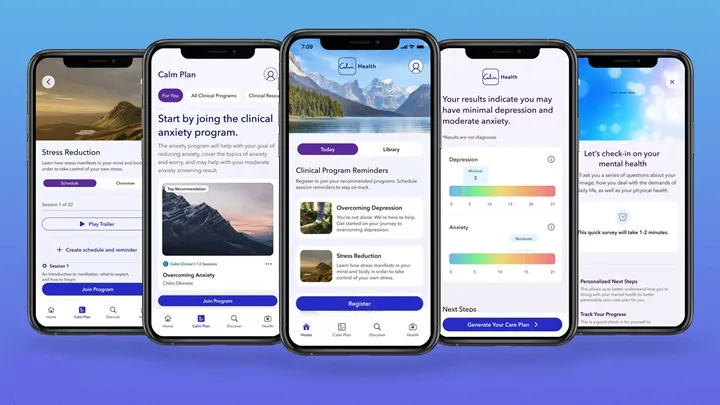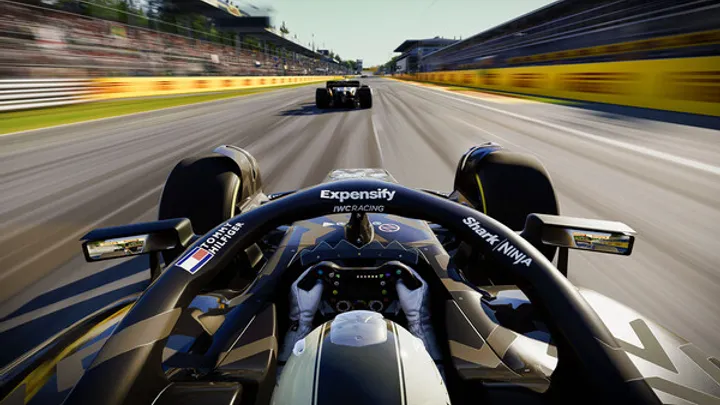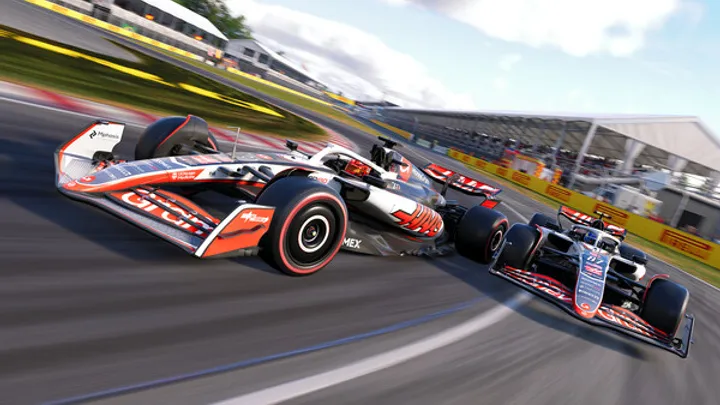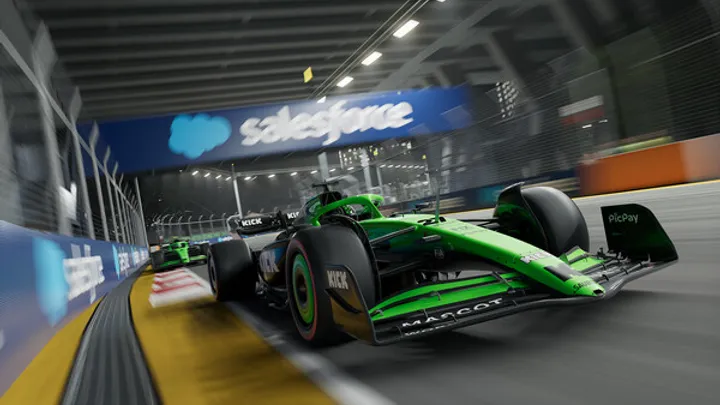Introduction
In Plants vs Brainrot, raw power alone won’t secure victory. The game’s unique twist on survival tower defense demands synergy—the art of combining plants so their abilities complement each other. Building the “perfect team” isn’t about filling every slot with high-cost damage dealers. Instead, it’s about balancing economy, control, and offense while adapting to shifting enemy threats.
This guide explores how to maximize synergy, from early-game team setups to late-game powerhouse compositions, and gives you a breakdown of the best plant combinations to dominate Brainrot’s ever-evolving waves.
1. Understanding Plant Roles

To create synergy, you must first understand each plant’s combat role.
- Economy Plants: Generate sun or energy (e.g., Sunflower, Solar Vine). Without them, you’ll run dry in long battles.
- Damage Dealers: Primary DPS units like Peashooters, Laser Pods, or explosive fungi.
- Control Plants: Slow, stun, or confuse enemies (e.g., Icy Fungus, Shockroot).
- Defensive Blockers: Walls, nuts, and roots that buy time for your damage plants.
- Support Units: Buff allies, cleanse debuffs, or reveal hidden enemies.
A strong team covers at least one plant from each role.
2. Core Synergy Principles
Good team building is more than random slot-filling. It follows key synergy principles:
- Frontline & Backline Harmony: Protect fragile DPS plants with durable blockers.
- Economy Scaling: Secure long-term sustainability with multiple sun plants.
- Counter-Specific Threats: Always include at least one plant that deals with cloaked or fast enemies.
- Balance: Don’t overload on damage without control, or vice versa.
3. Early-Game Synergy Teams
In the opening nights, resources are limited, so efficiency matters most.
Starter Setup
- Sunflower (economy)
- Peashooter (basic DPS)
- Wallnut (blocker)
- Cherry Bomb (burst AoE)
This team is simple but balanced: Sunflowers provide steady growth, Peashooters keep lanes clear, Wallnuts buy time, and Cherry Bombs handle emergencies.
4. Mid-Game Team Compositions
By the mid-game, you unlock more specialized plants, enabling greater synergy.
Balanced Mid-Game Build
- Twin Sunflower (enhanced economy)
- Repeater Vine (higher DPS)
- Icy Fungus (lane control)
- Wallnut / Tallnut (defense)
- Plantern (reveal hidden enemies)
This setup ensures steady scaling, consistent damage, and counters to invisibility-based Brainrots.
5. Late-Game Synergy Powerhouses
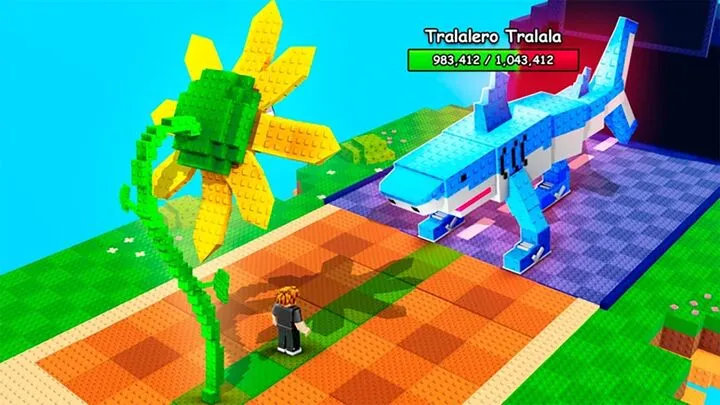
Endgame enemies and bosses demand optimized synergy with high output and resilience.
Powerhouse Composition
- Solar Vine (massive sun generation)
- Laser Pod / Gatling Pea (DPS monster)
- Torchvine (fire synergy)
- Shockroot (stun + control)
- Tallnut + Spiked Roots (defense layering)
The synergy here lies in combining AoE, stuns, and burst while still scaling economy.
6. Control & Economy Synergy
Sometimes, the best synergy isn’t about offense—it’s about stalling enemies while building resources.
- Twin Sunflower + Solar Vine create a resource engine.
- Icy Fungus + Sticky Root slow entire waves.
- Cheap blockers delay enemies, giving your economy plants time to fund an overwhelming army.
This setup is weaker in the short-term but unbeatable if you survive the early rush.
7. AoE & Burst Synergy
Large waves of Brainrots require area-of-effect coordination.
- Cherry Bomb + Doomshroom: Instant massive wave clears.
- Torchvine + Repeater Vine: Fire amplification burns clustered enemies.
- Meteor Bloom (if unlocked): Late-game AoE powerhouse, synergizing with sun economy builds.
AoE synergy sacrifices consistency for explosive control.
8. Defensive Synergy Builds
Some players prefer “turtle” strategies, stacking defenses and letting enemies break against walls.
- Tallnut + Spiked Roots: Damage + block synergy.
- Medic Herb + Wallnut: Healing synergy extends tank survival.
- Barrier Fungus + Icy Fungus: Slows enemies while absorbing damage.
This style is slow but extremely safe, great for survival endurance modes.
9. Boss-Specific Synergy
Bosses demand adaptive compositions.
- Rotting Monarch: Sun-draining mechanic → double down on Twin Sunflower + Solar Vine.
- Shroom Abomination: Fire weakness → Torchvine + Fire Pea synergy.
- Mind-Twister: Lane rotation mechanic → balanced plant distribution across all rows.
Always tailor your synergy to the boss’s unique mechanics.
10. Experimenting & Customizing
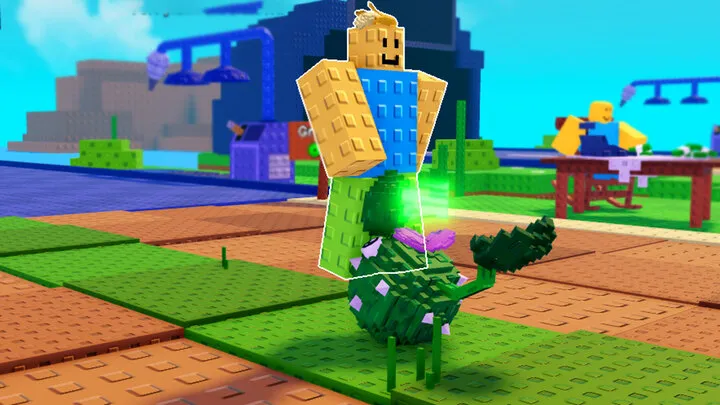
The best players never lock themselves into one build—they experiment.
- Track which plants consistently perform well together.
- Create synergy journals to record hidden combos.
- Adapt builds to your personal playstyle—whether aggressive, defensive, or control-heavy.
Plants vs Brainrot rewards creativity. Sometimes the most unexpected synergy—like combining Sticky Root with Explosive Fungus—becomes the key to victory.
Conclusion
Building the best team in Plants vs Brainrot isn’t about stacking powerful plants—it’s about synergy. By understanding plant roles, combining complementary abilities, and adjusting for enemy threats, you can craft lineups that dominate both regular waves and terrifying bosses. Whether you prefer balanced builds, economy-focused scaling, or explosive burst setups, synergy is always the secret ingredient.
Master synergy, and you’ll not only survive Brainrot—you’ll make the chaos bend to your strategy.













